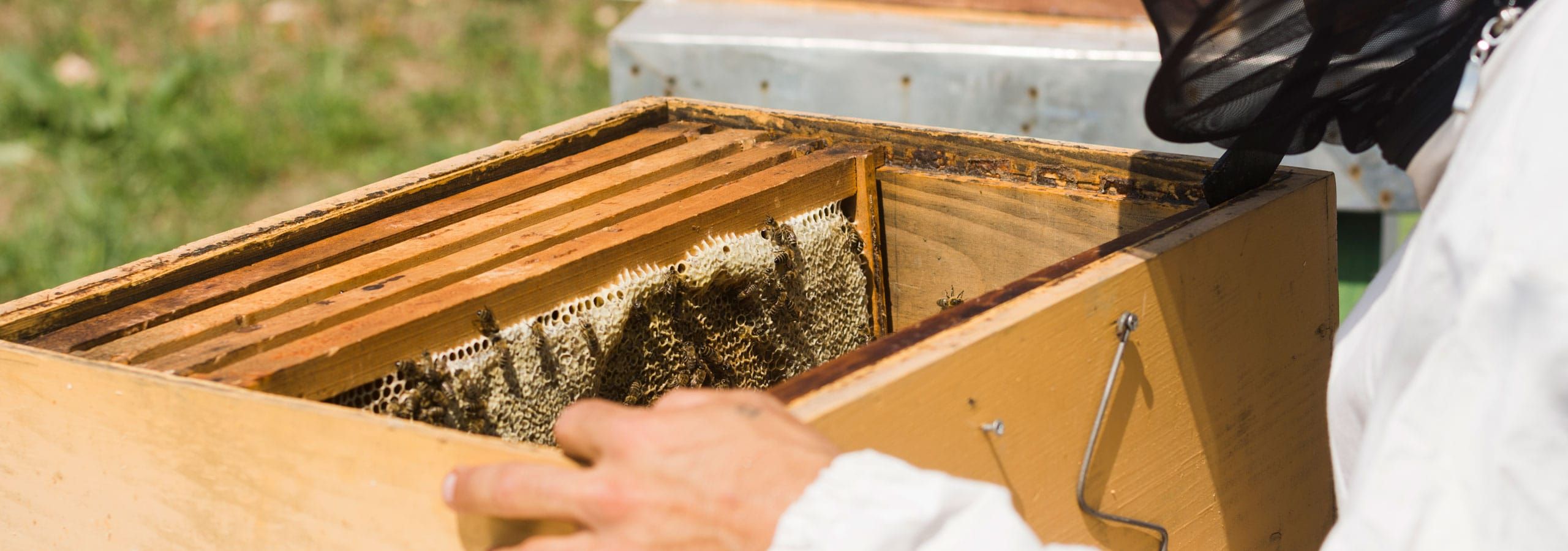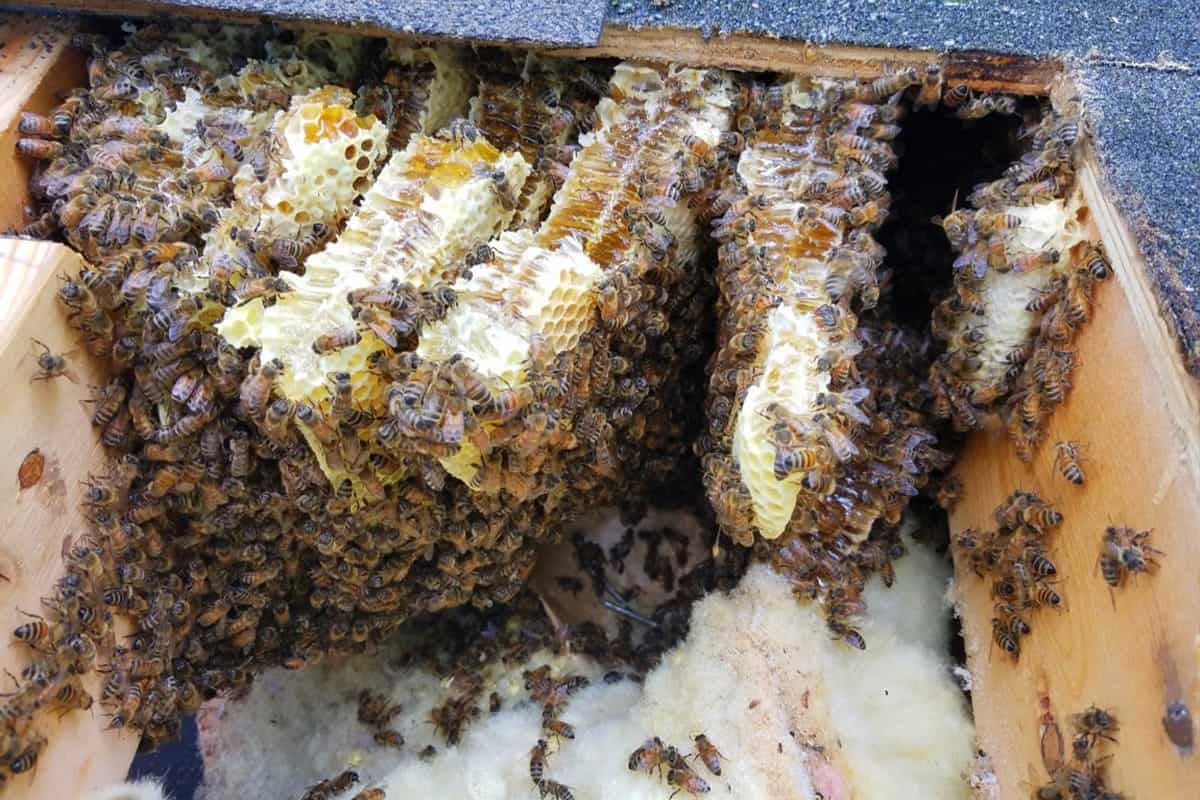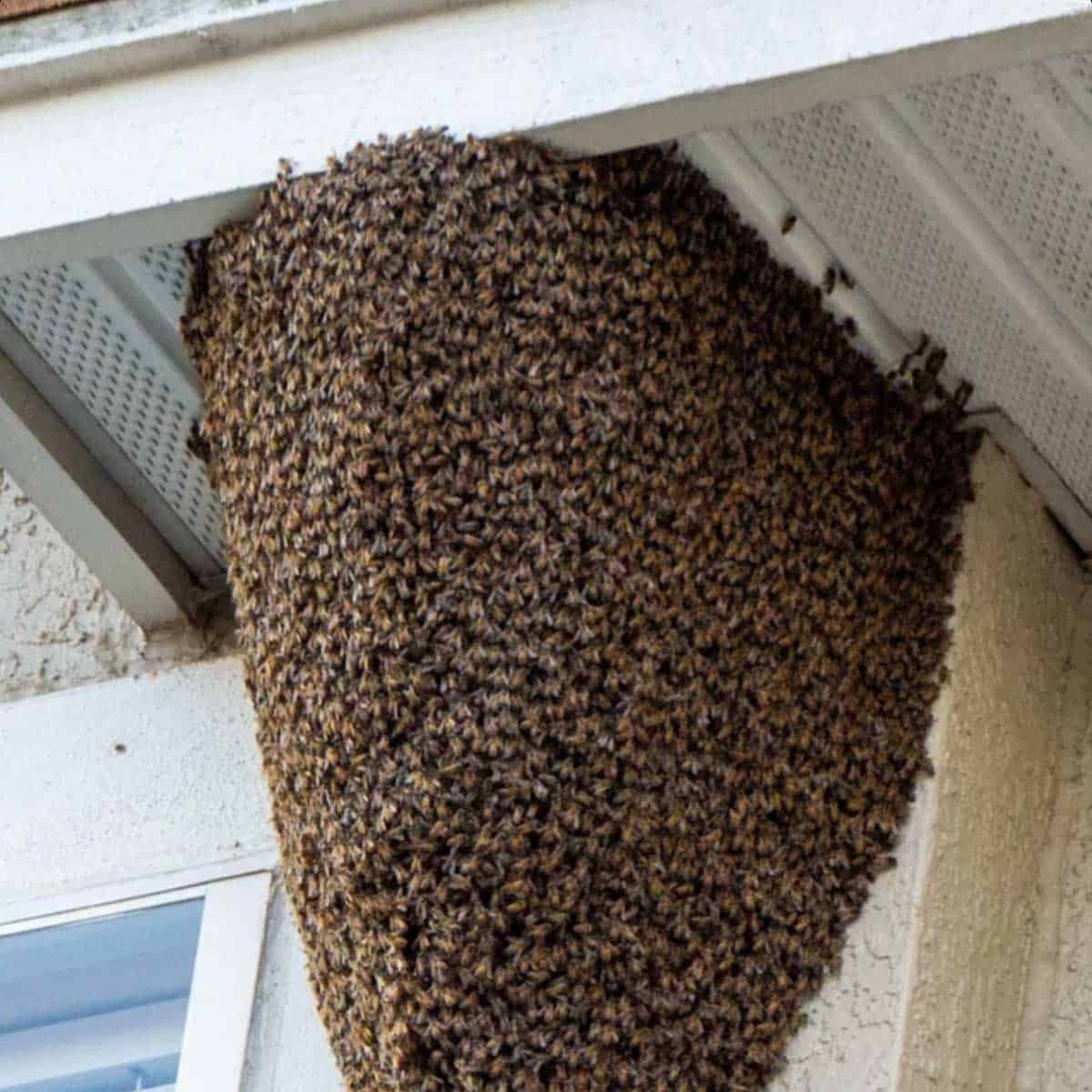
Bee Removal Services

Honey Bee Removal
Honey bees are often mistaken for other stinging insects, but their removal requires a much more delicate and informed approach. Unlike yellow jackets or hornets, honey bees are a protected species in many areas and play a critical role in our ecosystem. At Southeast Bee Removal, we specialize in the safe, humane, and complete removal of honey bee colonies from homes, businesses, and outdoor structures.
Whether you’re dealing with a swarm hanging from a tree limb or a fully established colony inside your walls, floor joists, chimney, or roof, we have the tools, experience, and construction knowledge to remove them without unnecessary damage to your home.

Hornet Removal

Bee Inspections
Southeast Bee Removal is available for property inspections for honey bee infestations, hornet nests, and yellow jacket nests. We are experienced in bee behavior and know what signs to look for to determine if there is a bee problem, where it is, and what steps are necessary for removal.
This can be a great service if you are buying or selling a home that you think might have an issue with bees. It is also useful if you have found bees in your house but do not know where they are coming from. We can do a thorough walk around to find the location of the bees nest and also look on the inside of the home/property if needed. We will send you a receipt stating exactly what we found, what action should be taken, and what work was done if any.
Note: Best days for inspections are on warmer sunny days when bees are likely to be more active.

Bee Proofing

Yellow Jacket Removal
Nests that are in the ground are simply dug up and destroyed. Nests that are in a structure can be a bit more complicated. Yellow jackets are tiny and easy to miss. They are also easy to mistake for honey bees. If the first time you notice the bees is July or later it is more likely to be yellow jackets whereas honey bees usually show up earlier in the year. Also unlike honey bees, yellow jackets will chew through drywall given enough time and can start coming inside your home.
You will usually be able to hear a scratchy clawing chewing sound if you have a yellow jacket nest in a wall. The trickiest part about removing a yellow jacket nest from a structure is finding the location of the nest. This is because they can travel several feet away from their entrance point before building their nest. Using special techniques, we are usually able to find the nest fairly quickly. Once the nest is found it is removed and destroyed.
Just as with a honey bee removal, the entry point will be tightly sealed to prevent the entry of any more yellow jackets. Foraging yellow jackets returning to the old nest site will not be able to get back in and these will typically be gone within a week or so. If drywall repair is needed we are usually able do the first coat of mud for an additional fee.